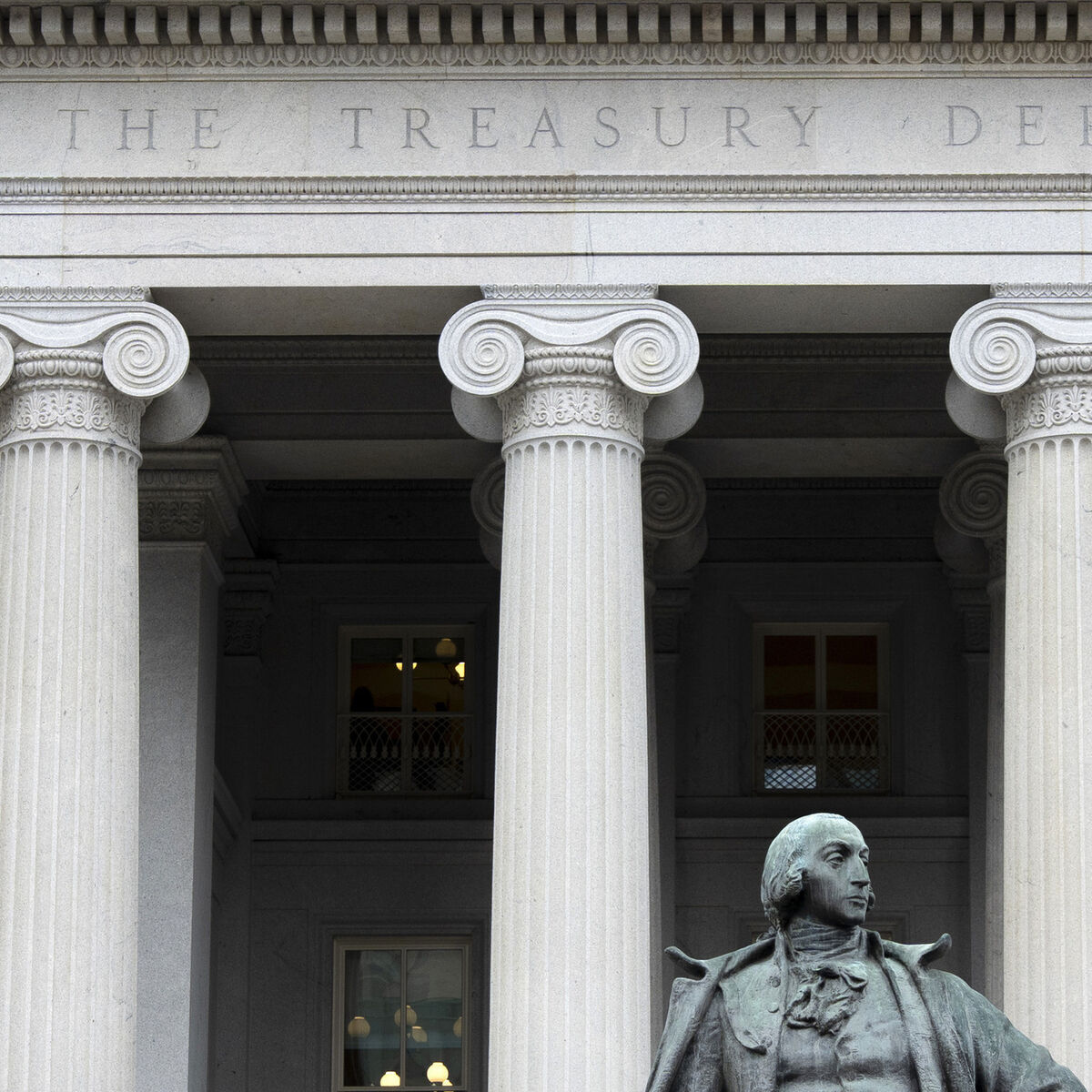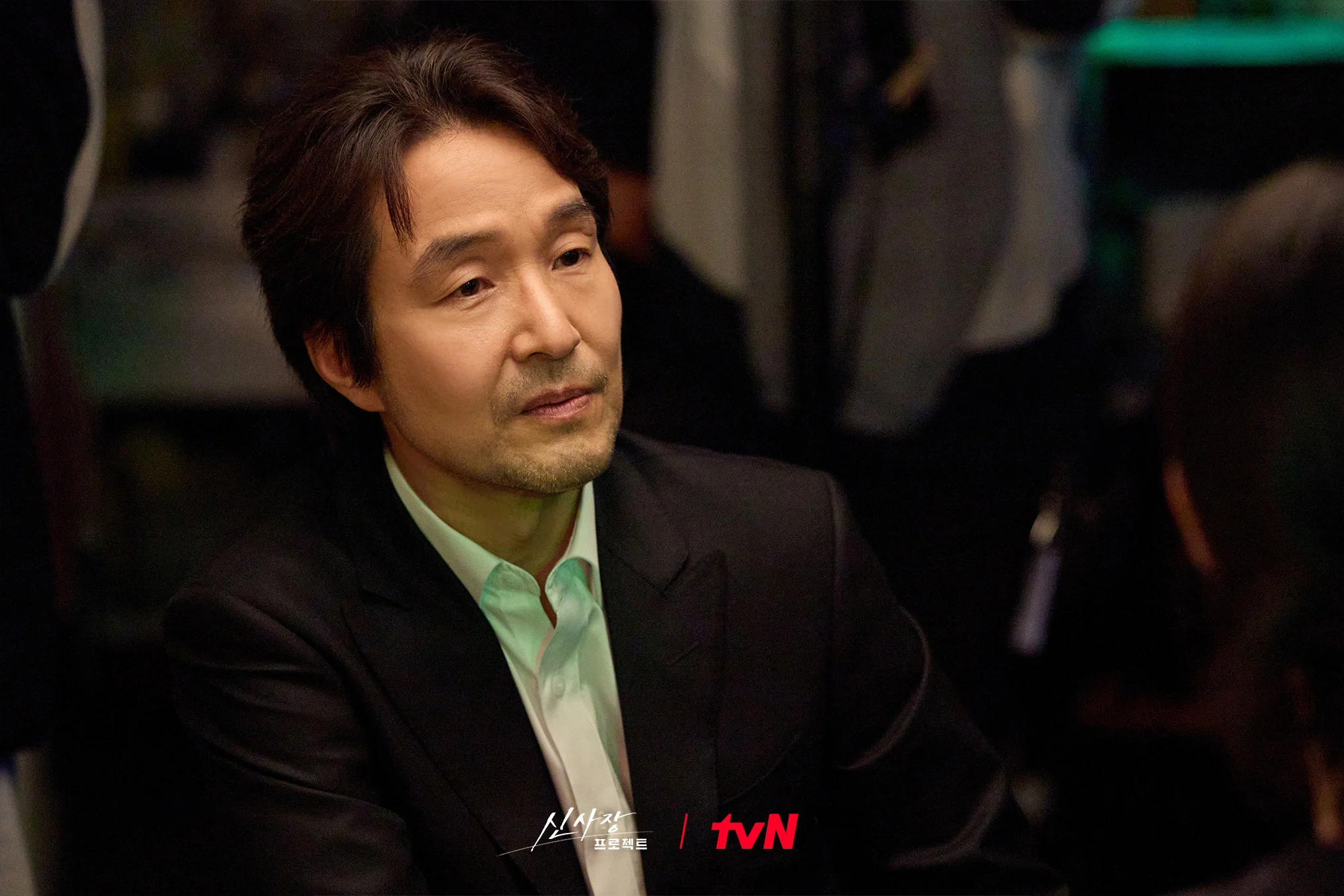By Stabroek News
Copyright stabroeknews

There were really only three initiatives associated with President Irfaan Ali personally in his first term, as opposed to party-based policies. First there was the ‘One Guyana’ notion, a fuzzy concept at the best of times whose redundancy seemed to have been demonstrated by the recent elections. Then there was Silica City, a massive investment on the Highway, which is apparently proceeding apace in this second term, although no one is altogether sure who is going to live there or what its economic foundation is.
And last there was the proposal for a bridge over the Corentyne in addition to the need to cultivate warmer relations in general with Suriname. Just how important the President thought this was is illustrated by the fact that even before he had named his Cabinet he took himself off to Nickerie on September 13th with only Foreign Secretary Robert Persaud as back-up to meet the new Suriname President, Jennifer Geerlings-Simons.
The history of our dealings with our eastern neighbour over the decades has been a somewhat fraught one, but President Ali was undeterred by the chronicle of the past. He thought he held the key to a beneficial future for the two nations.
That key was former President Chandrikapersad Santokhi of Suriname who seemed as committed as he was to changing the narrative, and in particular to building the Corentyne bridge. With such a close personal relationship between the two heads of state and such a congruity of objectives, President Ali must have believed that the prospects for the two nations were truly auspicious.
There were, however, certain impediments in his way, some of a general nature and some specific to particular projects. The first one was simply the fact that Surinamese presidents do not enjoy the same power as their Guyanese equivalents. They head coalitions with whom deals have been done relating to government posts before they come to office, and this makes their sphere of action far more circumscribed than is the case with our head of state. They may commit to a project, therefore, but be unable to deliver.
In order to overcome his limitations on the exercise of power former President Santokhi had set up parallel committees in ministries and agencies, which according to his critics did not so much give him greater control as cause inertia in terms of delivering policy. In addition, his modus operandi led to allegations of a lack of transparency, and that decisions were being taken behind the public’s back.
The second major general impediment to President Ali’s vision is Surinamese public opinion. It clearly did not seep through the cracks of his Vlissengen road office that columnists and others were and still are suspicious of Guyana’s intentions.
This partly has its origins in Suriname’s economic weakness and what is perceived to be Guyana’s strength. It expresses itself in the belief that this country is trying to bully its next-door neighbour and seek its own advantage at the latter’s expense. In addition, underlying problems with everything else is the matter of the New River Triangle.
It has to be acknowledged that the business community in Suriname has a different perspective on issues from the public at large, since it is already investing in this country, and sees closer relations and greater cooperation as being in everyone’s economic interest. The statements of the Suriname-Guyana Chamber of Commerce, however, are not necessarily reflective of majority views.
At the time Presidents Ali and Santokhi were negotiating, Paramaribo was operating under an IMF agreement, and the final loan disbursement under that arrangement will be made this year. Ms Geerlings-Simons has not ruled out another IMF loan being sought, since Suriname’s oil is not anticipated to come on stream before 2028. Her scope for action involving funds is therefore likely constrained for at least the next three years.
When they met a little over a week ago the two Presidents discussed a range of issues, but the three leading ones were fishing, the Corentyne bridge and the border. In all three instances it was agreed that commissions should be set up, or in the case of the last of these, that the dormant Border Commission should be resuscitated.
The cynical observer might be tempted to say that when officials want to avoid a decision they set up a commission. In this instance, President Ali might be in a hurry, but President Geerlings-Simons has reason to be cautious. In fact, Starnieuws has said that the meeting’s “real gain was in Suriname’s caution.”
It went on to comment: “By placing the bridge, the fisheries and the border issue in a broader process, the most sensitive points have been taken out of the front line. In doing so, Suriname has managed to neutralize the distrust that had arisen under the Santokhi government. Nevertheless, transparency remains the key.”
President Ali should take note.
Where the fisheries question is concerned Guyana thought there was an agreement in place to grant 150 fishing licences to Guyanese fishermen. This never materialised, and in fact some of the Suriname authorities denied that there was any agreement at all. Without going into details, suffice it to say that then President Santokhi was never in a position to make the commitment in the first place.
What is emerging now, however, is a different kind of discussion. While President Ali put it in the context of food security, the Paramaribo daily quoted the Chairman of the Suriname Seafood Association as expressing concern about the depletion of fish stocks. Perhaps unsurprisingly he blamed this on illegal fishing by Guyanese who have caused a scarcity in their own waters.
Leaving aside the allegations about overfishing by Guyanese in circumstances where other reasons too may account for fish decline, the matter of stocks right along the Guiana coast and what level of fishing is sustainable is very much a valid concern. Any commission should be interested in data collection.
The Chairman did say, however, that Suriname had been working on a Fisheries Management Plan, while Guyana had done nothing to protect its fish stocks.
The Corentyne bridge project has been stymied by financing issues. Last year, even the ever optimistic Mr Santokhi admitted to this newspaper that IMF requirements restricted Suriname from taking a loan.
After a Public-Private Partnership scheme fell through, Guyana put up US$23 million towards the estimated US$300 million project, the remainder of its share to come in the form of a loan, but Paramaribo could not meet its part of the money. It should be noted that it still can’t.
As for the new bridge Commission, Starnieuws’ assessment was that the message indicated no “blank cheque”, and that there would be a transparent process. This, it said, would prevent the kind of criticism which had arisen before about “backroom agreements.”
The most intransigent problem affecting Guyana and Suriname is the New River Triangle. In recent times there has been an upsurge in Surinamese nationalist expression in relation to it, with columnists advocating a national and international campaign on the matter.
At an official level last year the government in Paramaribo raised objections to Guyana’s plan to resurface the airstrip at Camp Jaguar, and rehabilitate a school where members of the Trio nation had settled in Cashew Island.
Whether in this kind of atmosphere the Border Commission can make any headway on a mode of settlement remains to be seen, especially in a context of militant pronouncements from Surinamese opinion writers and social media. From experience, what can be said is that when the border issue is simmering next door, it is difficult to get an agreement with Suriname in any area.



